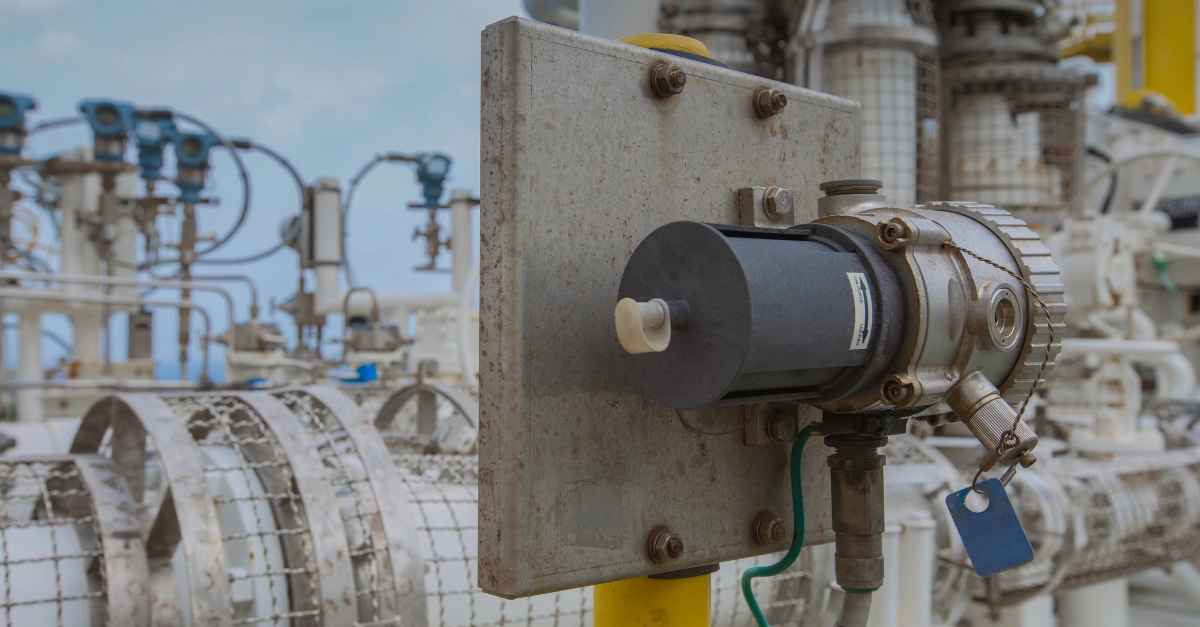Optimizing Gas Detector Deployment Using 3D Coverage Modeling: A Case Study in Ethylene and Natural Gas
by Edward Naranjo, Kenexis
One of the key advantages of infrared hydrocarbon gas detectors is their ability to detect a wide range of organic molecules. For example, a point infrared detector configured for methane can also detect propane, butane, and pentane. However, it will not respond to gases with low infrared absorbance like ethylene. Detecting ethylene requires a detector specifically configured for it.
When there is a potential release of two or more gases with significantly different infrared absorbance characteristics, the standard practice is to install detectors tailored to each target gas. As a result, many industrial installations end up with a large number of gas detectors. But is there a more efficient approach to achieve adequate coverage?
Three-dimensional (3D) coverage modeling helps determine the minimum number of detectors required to meet a specified coverage level, based on the characteristics of the target gases. This paper presents the results of a gas mapping study conducted at a gas compression station where ethylene serves as the process fluid and natural gas is used as fuel. Scenario coverage analysis—which illustrates the spatial distribution of gas release risks—reveals that ethylene and natural gas release probabilities often do not coincide geographically. This non-overlap suggests the potential for reducing the number of required detectors without compromising safety.
With appropriate considerations, this mapping approach can also be extended to catalytic gas detectors targeting gases with significantly different catalytic response behaviors.
Please join us for this live webinar where we will explore this topic in more detail.
Date: Tuesday April 29th, 2025
Time: 10:00AM EDT (UTC -4.00)
Register Now: Complete and submit form below
Edward Naranjo is a director of sales at Kenexis, promoting excellence in risk management and process safety. He holds a doctorate in chemical engineering from the University of California, Santa Barbara, an MBA from the University of Chicago, and an undergraduate degree in chemical engineering from the California Institute of Technology.
This webinar is part of Kenexis’ ongoing commitment to providing the industry with the tools and knowledge needed to ensure the highest standards of safety and compliance.

